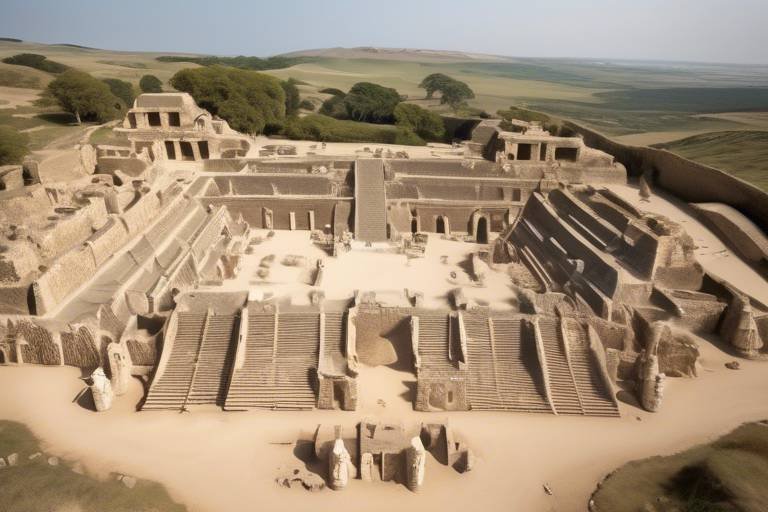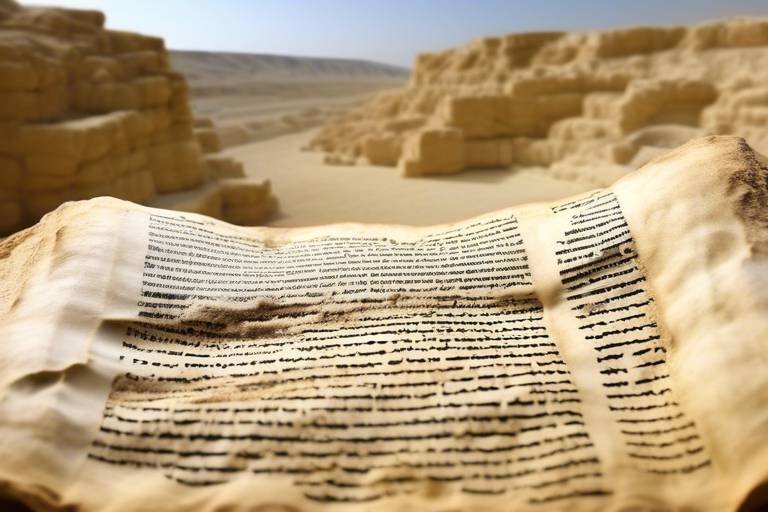Exploring the Secrets of Ancient Egypt
Embark on a journey through time as we uncover the enigmatic secrets of Ancient Egypt. From the grandeur of the majestic pyramids to the mystical world of pharaohs and hieroglyphs, this ancient civilization holds a treasure trove of wonders waiting to be explored.
The Pyramids of Giza stand as a testament to the ingenuity and architectural prowess of the ancient Egyptians. Built as monumental tombs for the pharaohs, the Great Pyramid of Khufu, the Pyramid of Khafre, and the Pyramid of Menkaure continue to awe and inspire visitors from around the world.
Step into the world of Ancient Egyptian Pharaohs, the divine rulers who wielded immense power and influence. From the legendary King Tutankhamun to the iconic Cleopatra, these pharaohs shaped the course of Egyptian history with their reigns, leaving behind a legacy that endures to this day.
Delve into the intricate world of hieroglyphs and writing, the ancient Egyptian script that served as a gateway to understanding their culture and beliefs. Unravel the mysteries of this complex system of symbols and glyphs, showcasing the importance of written language in preserving the essence of the civilization.
Explore the rich tapestry of religion and mythology in Ancient Egypt, where gods and goddesses reigned supreme. From the sun god Ra to the god of the afterlife Anubis, the religious beliefs and rituals of the ancient Egyptians offer a glimpse into their spiritual world and the quest for immortality.
Marvel at the artistic and architectural achievements of Ancient Egypt, from the colossal statues of pharaohs to the intricate jewelry adorning their mummies. The temples, tombs, and the legendary Valley of the Kings stand as testaments to the creativity and skill of ancient Egyptian artisans.
Peek into the everyday lives of ancient Egyptians, from their social structure to family dynamics and daily routines. Witness the vibrant culture and traditions that shaped their existence, including the significance of food, clothing, and the roles of men, women, and children in society.
Understand the economic foundations of Ancient Egypt, driven by trade along the Nile River and the exchange of goods with neighboring civilizations. Discover the agricultural practices that sustained the economy and the vital role of the Nile in shaping the prosperity of the ancient Egyptians.
Uncover the factors that led to the decline of Ancient Egypt, from invasions and internal conflicts to environmental changes that challenged the civilization's survival. Despite its eventual fall, the legacy of Ancient Egypt continues to resonate through the annals of history, leaving an indelible mark on the world.
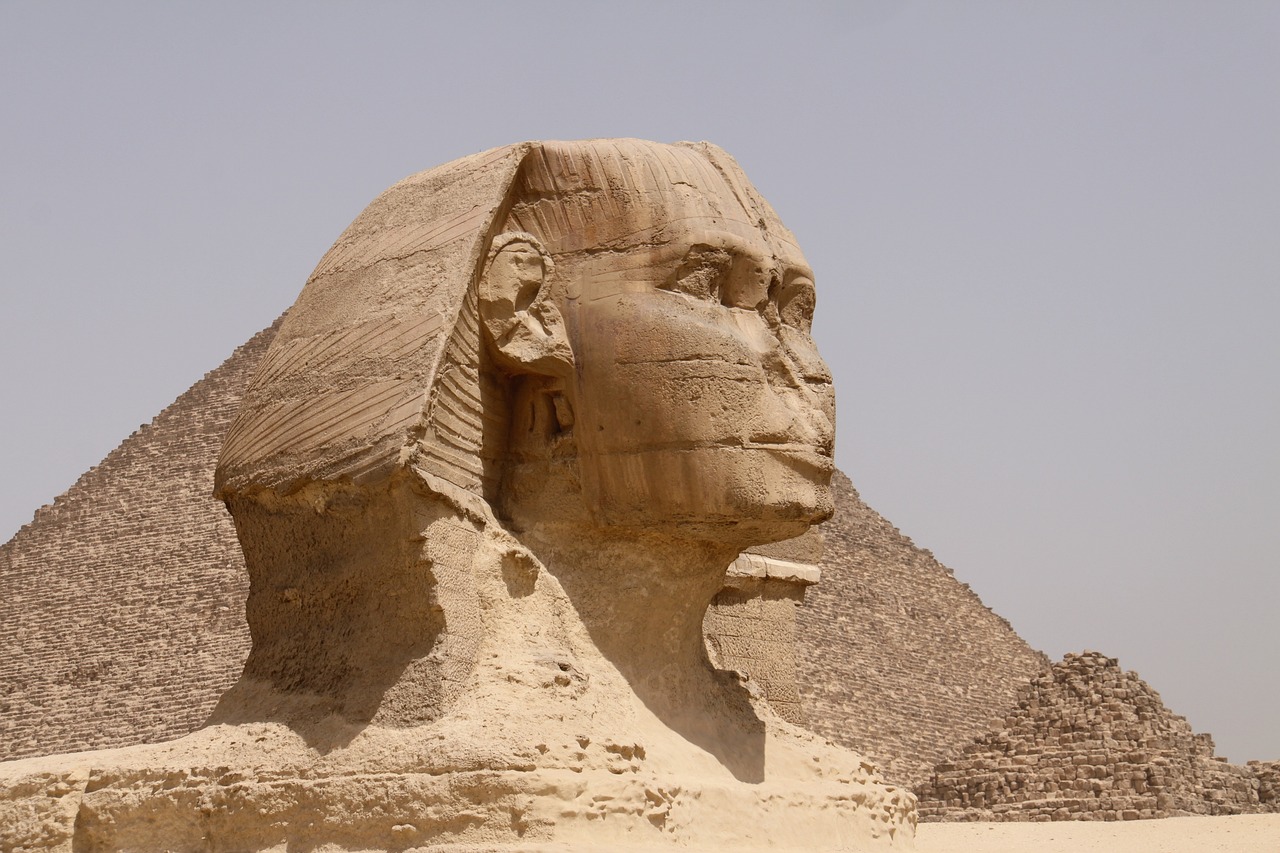
The Pyramids of Giza
Uncover the mysteries and wonders of Ancient Egypt, from the majestic pyramids and pharaohs to the intricate hieroglyphs and fascinating religious beliefs.
When it comes to the Pyramids of Giza, one cannot help but marvel at the sheer grandeur and historical significance of these ancient structures. Built over 4,500 years ago, the Great Pyramid of Khufu stands as a testament to the ingenuity and craftsmanship of the ancient Egyptians. Its construction, along with the Pyramid of Khafre and the Pyramid of Menkaure, continues to intrigue historians and archaeologists to this day.
The Great Pyramid of Khufu, the largest of the three pyramids, was built as a tomb for the Pharaoh Khufu and is the only surviving wonder of the ancient world. Its precise alignment with the cardinal points and the mathematical precision of its construction have puzzled experts for centuries. The Pyramid of Khafre, known for the iconic Sphinx guarding its entrance, and the Pyramid of Menkaure, with its distinctive three smaller pyramids, add to the mystique of the Giza plateau.
These pyramids, with their massive limestone blocks and intricate internal chambers, serve as a window into the beliefs and practices of ancient Egyptian society. The alignment of the pyramids with the stars and their role in the Pharaoh's journey to the afterlife demonstrate the spiritual and religious significance of these monumental structures.
Visitors to the Pyramids of Giza are not only treated to a visual spectacle but also a glimpse into the advanced engineering and architectural prowess of the ancient Egyptians. The enduring legacy of the pyramids continues to captivate the world, drawing in travelers and researchers alike to unravel the mysteries of this ancient civilization.

Ancient Egyptian Pharaohs
Ancient Egyptian pharaohs were not just rulers; they were revered as divine figures with immense power and authority. These iconic figures played a crucial role in shaping the history and culture of Ancient Egypt. From the boy king Tutankhamun to the legendary Cleopatra, each pharaoh left a lasting legacy that continues to fascinate historians and archaeologists to this day.
One of the most famous pharaohs, Tutankhamun, also known as King Tut, ascended to the throne at a young age and ruled during the New Kingdom period. His tomb, discovered nearly intact by Howard Carter in 1922, provided a wealth of treasures and insights into ancient Egyptian burial practices and beliefs in the afterlife.
Cleopatra, the last active ruler of the Ptolemaic Kingdom of Egypt, is perhaps one of the most well-known pharaohs in popular culture. Her relationships with Julius Caesar and Mark Antony, as well as her intelligence and political acumen, have cemented her place in history as a powerful and enigmatic figure.
Ramses II, also known as Ramses the Great, was one of the most prolific builders among the pharaohs, with numerous temples and monuments bearing his name. His military campaigns and ambitious construction projects left a lasting impact on Ancient Egypt's landscape and history.
Hatshepsut, one of the few female pharaohs, ruled as a regent for her stepson before declaring herself pharaoh. Known for her successful trade expeditions and the construction of the magnificent Mortuary Temple of Hatshepsut, she defied traditional gender roles and left a significant mark on Egyptian history.
These pharaohs, among many others, symbolize the grandeur and complexity of Ancient Egypt's civilization, showcasing the power, artistry, and religious devotion that characterized this remarkable era in human history.

Hieroglyphs and Writing
Hieroglyphs were the ancient Egyptian form of writing, consisting of pictorial symbols that represented objects, sounds, and ideas. These intricate symbols were used in various contexts, from monumental inscriptions on temple walls to personal amulets and administrative documents. The evolution of hieroglyphs spanned thousands of years, with different styles and variations emerging over time to suit different purposes.
One of the most fascinating aspects of hieroglyphs is their ability to convey complex meanings and narratives through visual representations. Each symbol had its own significance, but when combined with others, they could create rich and nuanced messages. This made hieroglyphs not only a practical form of communication but also an art form in their own right, showcasing the creativity and ingenuity of the ancient Egyptians.
The decipherment of hieroglyphs was a significant breakthrough in understanding ancient Egyptian culture and history. The Rosetta Stone, discovered in 1799, played a crucial role in unlocking the secrets of hieroglyphic writing. By comparing the Greek text on the stone with the corresponding hieroglyphic and demotic scripts, scholars were able to decipher the meanings of the symbols and unlock a treasure trove of knowledge about the ancient civilization.
Hieroglyphs were not just used for practical communication but also had a sacred and mystical significance in ancient Egyptian society. They were believed to have magical properties and were often associated with religious rituals and beliefs. The intricate nature of hieroglyphic writing reflected the complexity of Egyptian cosmology and mythology, with symbols representing gods, pharaohs, and the afterlife.
Despite the decline of ancient Egyptian civilization, the legacy of hieroglyphs continues to captivate and inspire people around the world. The beauty and mystery of these ancient symbols serve as a reminder of the rich cultural heritage of Egypt and the enduring power of written language to preserve the stories and beliefs of a civilization long gone.
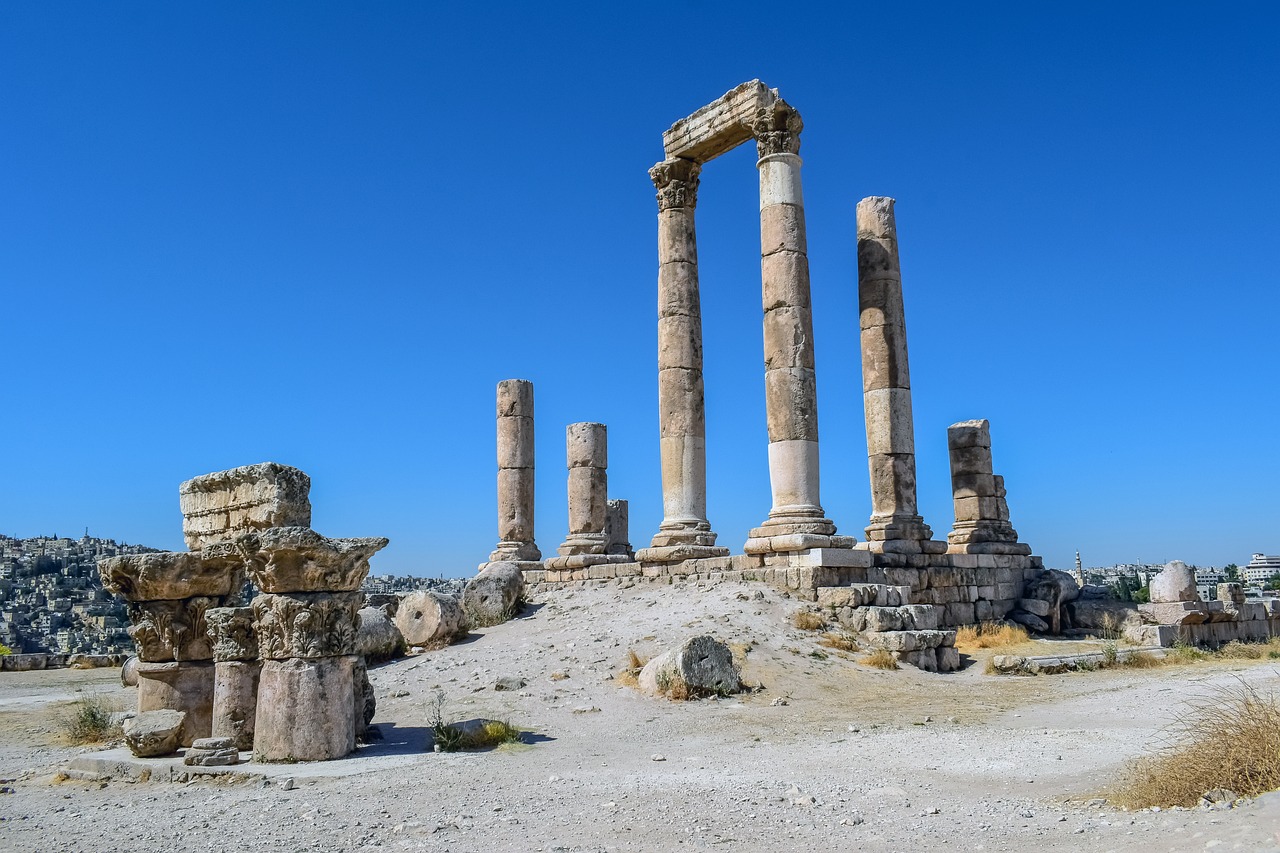
Religion and Mythology
Religion and mythology were integral parts of ancient Egyptian society, shaping every aspect of daily life and belief systems. The Egyptians worshipped a vast pantheon of gods and goddesses, each with their own unique characteristics and roles in the divine hierarchy. Among these deities, Ra, the sun god, held a prominent position as the creator and ruler of the universe. The myth of Ra traveling through the sky during the day and journeying through the underworld at night symbolized the cycle of life, death, and rebirth.
The god Osiris, associated with death, resurrection, and fertility, played a crucial role in the Egyptian afterlife beliefs. Osiris was believed to judge the souls of the deceased in the Hall of Ma'at, where their hearts were weighed against the feather of truth. Those deemed worthy would journey to the eternal paradise of the Field of Reeds, while the unworthy faced eternal punishment.
Isis, the goddess of magic and motherhood, was revered for her role in resurrecting Osiris and protecting her son Horus, the falcon-headed god of kingship. The myth of Isis and Osiris symbolized the eternal cycle of life, death, and regeneration, highlighting the importance of family, fertility, and divine protection in Egyptian society.
Another significant deity was Anubis, the jackal-headed god of mummification and the afterlife. Anubis guided the souls of the deceased through the perilous journey of the underworld, ensuring their safe passage to the judgment of Osiris. His role as the guardian of tombs and protector of the dead underscored the Egyptians' deep reverence for death and the afterlife.
Ancient Egyptian religion was not just a system of beliefs but a complex tapestry of rituals, ceremonies, and symbols designed to honor the gods and ensure cosmic harmony. The construction of temples, the performance of daily offerings, and the elaborate burial practices all reflected the Egyptians' deep spiritual connection to the divine realm and their unwavering belief in the power of the gods to influence their lives.

Ancient Egyptian Art and Architecture
Uncover the mysteries and wonders of Ancient Egypt, from the majestic pyramids and pharaohs to the intricate hieroglyphs and fascinating religious beliefs.
Discover the history and construction of the iconic pyramids of Giza, including the Great Pyramid of Khufu, the Pyramid of Khafre, and the Pyramid of Menkaure.
Learn about the powerful rulers of Ancient Egypt, such as Tutankhamun, Cleopatra, Ramses II, and Hatshepsut, and their contributions to Egyptian history and culture.
Explore the ancient Egyptian writing system of hieroglyphs, its evolution over time, and the significance of written language in preserving the history and beliefs of the civilization.
Delve into the religious beliefs and mythology of Ancient Egypt, including the worship of gods like Ra, Osiris, Isis, and Anubis, and the importance of rituals and the afterlife.
Ancient Egyptian art and architecture stand as a testament to the creativity and skill of this ancient civilization. The art of Ancient Egypt is characterized by its symbolic representations, intricate designs, and grandiose scale.
The Egyptians excelled in various forms of art, including sculpture, painting, and jewelry making. Sculptures of pharaohs and gods were often massive and imposing, reflecting the divine power and authority they held. Paintings adorned the walls of temples and tombs, depicting scenes from mythology, daily life, and religious rituals with vibrant colors and intricate details.
Architecture in Ancient Egypt was equally impressive, with monumental structures like temples, obelisks, and the famous pyramids. The construction of these architectural marvels showcased the Egyptians' advanced engineering skills and their deep religious beliefs. The temples were adorned with elaborate carvings and hieroglyphic inscriptions, serving as both religious centers and artistic masterpieces.
A remarkable example of Ancient Egyptian architecture is the Valley of the Kings, where elaborately decorated tombs were built for pharaohs and nobles. These tombs contained intricate wall paintings and hieroglyphs, providing insights into the beliefs and practices surrounding death and the afterlife.
Gain insights into the daily lives of ancient Egyptians, including their social structure, family life, food, clothing, and the roles of men, women, and children in society.
Understand the economic system of Ancient Egypt, including trade routes, goods exchanged, agricultural practices, and the importance of the Nile River in sustaining the civilization.
Explore the factors that led to the decline of Ancient Egypt, including invasions, internal conflicts, and environmental changes, and the lasting legacy of this remarkable civilization on the world.
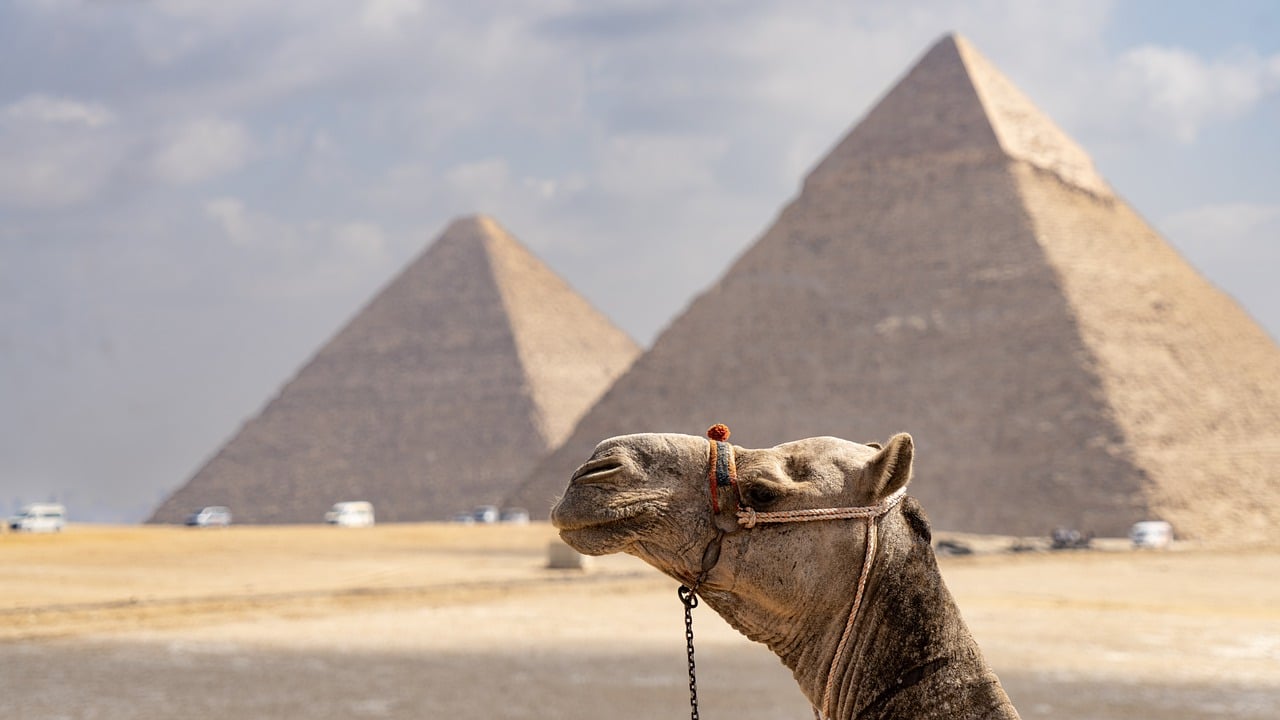
Everyday Life in Ancient Egypt
Uncover the mysteries and wonders of Ancient Egypt, from the majestic pyramids and pharaohs to the intricate hieroglyphs and fascinating religious beliefs.
Discover the history and construction of the iconic pyramids of Giza, including the Great Pyramid of Khufu, the Pyramid of Khafre, and the Pyramid of Menkaure.
Learn about the powerful rulers of Ancient Egypt, such as Tutankhamun, Cleopatra, Ramses II, and Hatshepsut, and their contributions to Egyptian history and culture.
Explore the ancient Egyptian writing system of hieroglyphs, its evolution over time, and the significance of written language in preserving the history and beliefs of the civilization.
Delve into the religious beliefs and mythology of Ancient Egypt, including the worship of gods like Ra, Osiris, Isis, and Anubis, and the importance of rituals and the afterlife.
Examine the artistic achievements and architectural marvels of Ancient Egypt, from colossal statues and intricate jewelry to temples, tombs, and the Valley of the Kings.
A glimpse into the daily lives of ancient Egyptians reveals a society deeply rooted in tradition and hierarchy. The social structure was well-defined, with the pharaoh at the top, followed by nobles, scribes, artisans, and farmers. Families were central to Egyptian life, with strong bonds and a patriarchal system in place.
Ancient Egyptians wore clothing made of linen, reflecting the hot climate of the region. Men typically wore loincloths or kilts, while women wore dresses with straps that could be adjusted. Children often went naked until they reached puberty. Personal hygiene was essential, with both men and women using cosmetics and perfumes.
Food played a crucial role in daily life, with staples like bread, beer, vegetables, and fruits forming the basis of the diet. Meat, including fish, poultry, and occasionally beef, was consumed on special occasions. The Nile River was vital for agriculture, providing fertile soil for crops like wheat and barley.
Education was highly valued in ancient Egypt, with scribes receiving formal training to become literate and record keepers. Women could also be educated, especially in wealthy households. Children learned from their parents and through apprenticeships in various trades.
Understand the economic system of Ancient Egypt, including trade routes, goods exchanged, agricultural practices, and the importance of the Nile River in sustaining the civilization.
Explore the factors that led to the decline of Ancient Egypt, including invasions, internal conflicts, and environmental changes, and the lasting legacy of this remarkable civilization on the world.
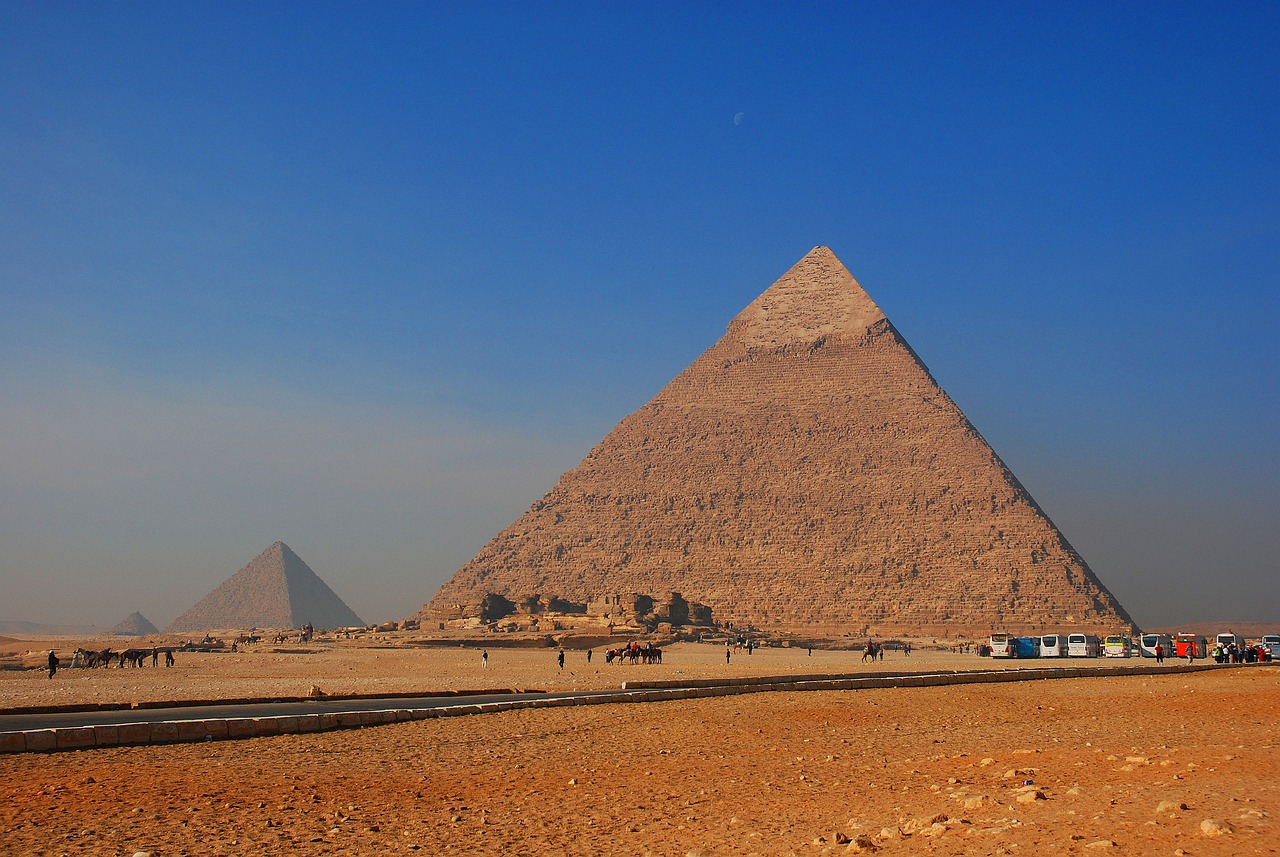
Trade and Economy
In Ancient Egypt, trade and economy played a vital role in the civilization's prosperity and growth. The economy was largely based on agriculture, with the fertile lands surrounding the Nile River providing abundant crops such as wheat, barley, and flax. The Nile not only supported agriculture but also served as a crucial trade route, facilitating the exchange of goods with neighboring regions and beyond. The Egyptians engaged in trade with lands as far as Nubia, Lebanon, and Mesopotamia, importing valuable resources like cedar wood, ebony, gold, and ivory in exchange for their agricultural surplus.
Trade routes were established both by land and by the Nile River, allowing for the transportation of goods to different parts of the kingdom. The Egyptians were skilled traders, bartering their products for goods that were not readily available in their own region. The economy thrived on this system of exchange, contributing to the wealth and stability of the civilization.
Moreover, the Egyptians developed a sophisticated system of taxation to support the economy and fund monumental construction projects such as temples, pyramids, and tombs. Taxes were collected in the form of agricultural produce, labor, and goods, ensuring a steady income for the government and the pharaoh.
The economy of Ancient Egypt was also supported by a complex bureaucracy that oversaw trade, taxation, and economic policies. Scribes played a crucial role in recording transactions, keeping track of inventories, and managing the distribution of resources. This administrative system helped maintain order and efficiency in economic activities, ensuring the smooth functioning of trade and commerce.
Overall, trade and economy were essential components of Ancient Egyptian society, driving innovation, cultural exchange, and economic development. The civilization's ability to harness the resources of the Nile River, engage in long-distance trade, and manage a complex economic system contributed to its longevity and influence in the ancient world.
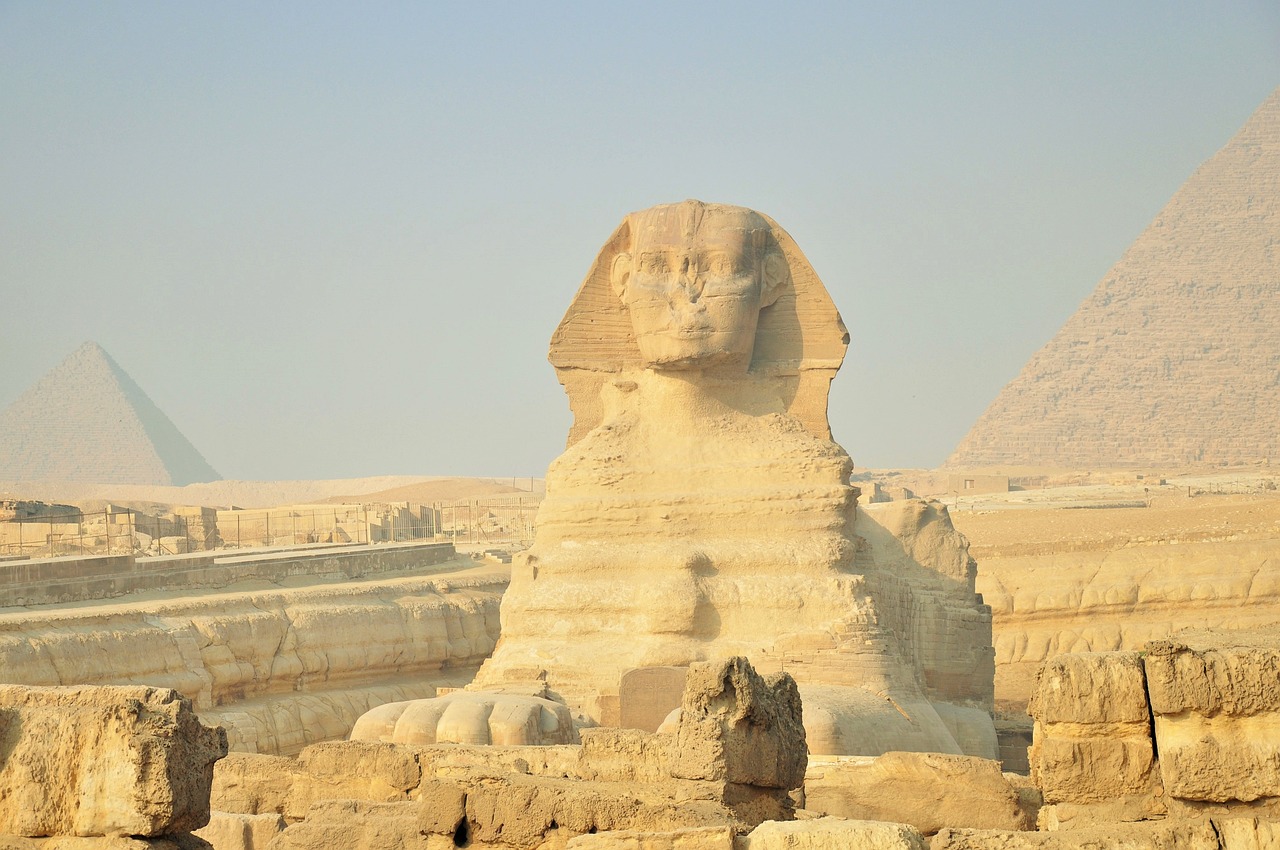
Decline and Legacy
As we delve into the intriguing history of Ancient Egypt, we inevitably encounter the period of decline and the enduring legacy left behind by this remarkable civilization. The decline of Ancient Egypt was not a sudden event but rather a gradual process influenced by various factors that weakened the once-powerful empire.
Internal conflicts among the ruling elite, power struggles, and succession disputes contributed to the weakening of the centralized authority that had characterized the earlier periods of Egyptian history. Additionally, invasions by foreign powers, such as the Assyrians and Persians, further destabilized the region and eroded Egypt's sovereignty.
Environmental changes, including fluctuations in the Nile River's flooding patterns and prolonged droughts, also posed significant challenges to the agricultural productivity that had sustained the Egyptian economy for centuries. The reliance on the Nile as a source of water and fertile soil made the civilization vulnerable to any disruptions in the river's natural cycles.
Despite these challenges, the legacy of Ancient Egypt endured long after the civilization's decline. The achievements in art, architecture, science, and literature left a lasting impact on subsequent cultures and civilizations. The monumental structures such as the pyramids, temples, and tombs stand as a testament to the ingenuity and craftsmanship of the ancient Egyptians.
Moreover, the religious beliefs and funerary practices of Ancient Egypt, centered around the concepts of the afterlife and the journey of the soul, influenced the development of religious thought in the Mediterranean world and beyond. The enduring fascination with Egyptian mythology and symbolism continues to captivate scholars and enthusiasts to this day.
In conclusion, while the decline of Ancient Egypt marked the end of a glorious era, its legacy lives on through its contributions to art, architecture, religion, and culture. By exploring the secrets of this ancient civilization, we gain a deeper appreciation for the enduring impact of the pharaohs, gods, and everyday people who shaped the course of history along the banks of the Nile.
Frequently Asked Questions
- What are the Pyramids of Giza?
The Pyramids of Giza are iconic structures in Egypt, built as tombs for the pharaohs. The Great Pyramid of Khufu, the Pyramid of Khafre, and the Pyramid of Menkaure are the most famous pyramids at the Giza complex.
- Who were some notable Ancient Egyptian Pharaohs?
Ancient Egypt was ruled by powerful pharaohs like Tutankhamun, Cleopatra, Ramses II, and Hatshepsut. These rulers left a significant impact on Egyptian history and culture.
- What is the significance of hieroglyphs in Ancient Egypt?
Hieroglyphs were the ancient Egyptian writing system, used for religious texts, monumental inscriptions, and official documents. They played a crucial role in preserving the history and beliefs of the civilization.
- Which gods were worshipped in Ancient Egypt?
Ancient Egyptians worshipped a pantheon of gods, including Ra, the sun god; Osiris, the god of the afterlife; Isis, the goddess of magic; and Anubis, the god of mummification. These deities held significant roles in Egyptian mythology and religious practices.
- What was the daily life like in Ancient Egypt?
Ancient Egyptians had structured social roles, with distinct family life, clothing styles, and food habits. Men, women, and children all played specific roles in society, reflecting the civilization's societal norms.













